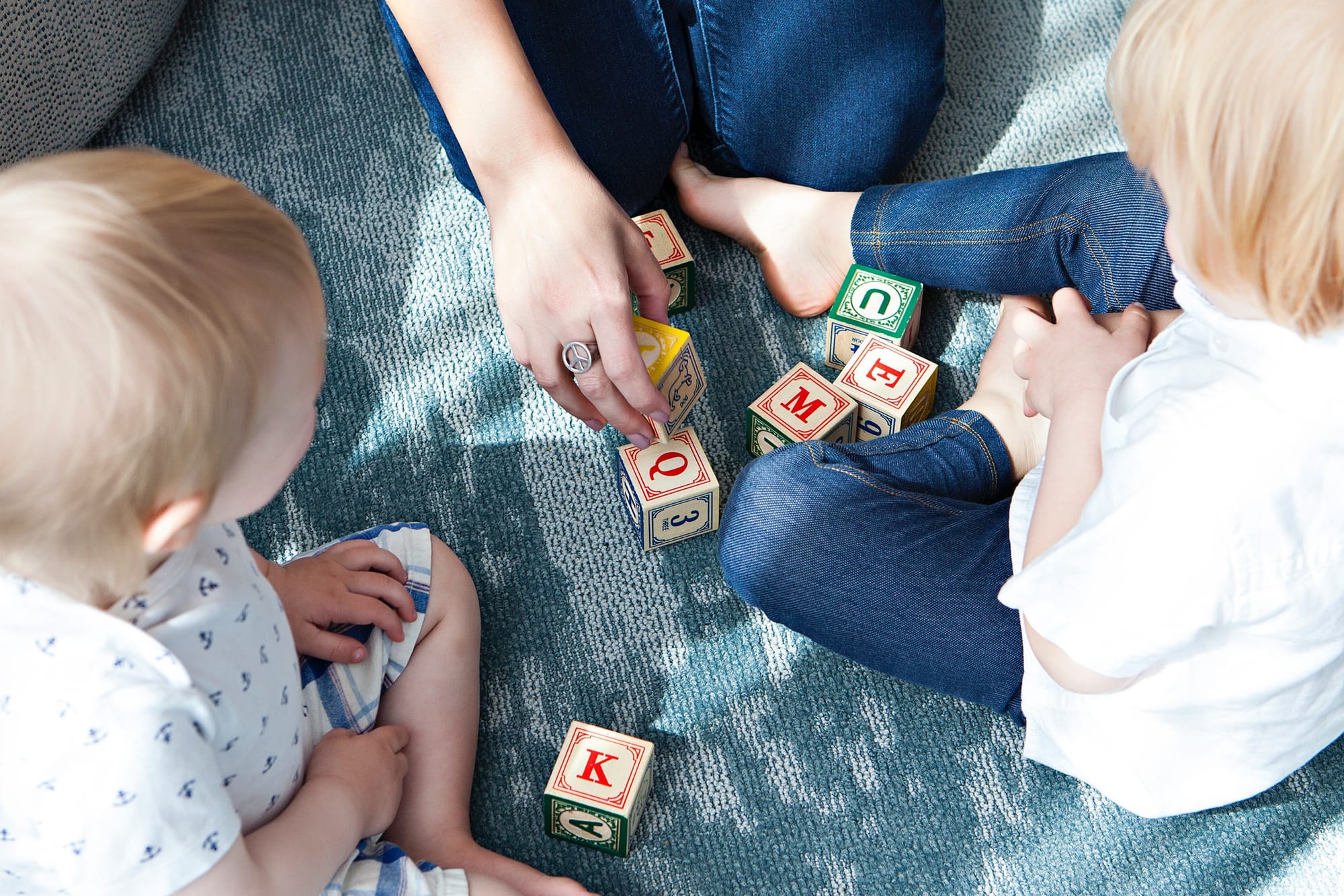Why is attachment therapy so dangerous?

Jason Brien.
Attachment therapy is a pseudoscientific therapeutic intervention designed to treat children with attachment issues. Attachment therapy is in no way guided by the principles of attachment theory. Given that attachment therapy is not based is proven science or research, the intervention is highly, highly controversial and has led to the deaths of at least 6 children.
Attachment therapy is primarily used to treat adopted and foster children who are presumed to have severe attachment issues. Attachment therapy suggests that children who have been adopted or sent to foster families harbour suppressed rage and anger (which the child is believed to unconsciously hold as a result of previous maltreatment, abuse and abandonment).
Supporters of attachment therapy believe that this suppressed rage and anger prevents the child from being ‘grateful’ for their adoption and so prevents them from attaching to their new ‘parents’ and ‘families’. Caregivers who utilise attachment therapy believe that these children have crippling trust issues and if they cannot be ‘saved’, by attaching to their surrogate parents/families, they will go onto to become delinquent psychopaths.
Ironically, if a child forms healthy attachments and relationships outside of their surrogate families (with teachers, friends, etc), the child is believed to have ‘proactively manipulated’ the other person into the relationship. The techniques used by attachment therapists and caregivers are highly controversial and dangerous. For example, holding therapy is designed to intentionally induce a range of emotions in the child (anger, despair, etc) in the hopes of reaching catharsis.
Typically the attachment therapist or caregiver restrains the child by sitting on their chest or by forcibly bonding them to a bed or chair. Other attachment therapy techniques are designed to ‘help’ the child ‘bind’ with their new caregivers through the use of strict control and obedience. The child may be prevented from using the toilet, showering or restricted from eating without the caregivers permission.
Attachment therapists and caregivers use the ‘Randolph Attachment Disorder Questionnaire (RADQ)’ to assess a child’s level of ‘dysfunction’ or ‘progress’. The RADQ is not based on any valid research or scientific studies and mental health professionals do not endorse it or encourage it’s use. The questionnaire is highly subjective and biased towards the caregivers and unfairly demonises the child.
Example RADQ questions are ‘The parent feels used by the child’, ‘The child is not affectionate on the parents terms’, ‘The child is more disobedient towards mom than dad’ and ‘The child persistently asks nonsense questions and engages in incessant chatter’. It is easy to see how these four example questions could apply to any child regardless of attachment issues. It is also easy to see just how biased the questionnaire is towards the caregivers.
The ultimate goal of attachment therapy is the complete submission to the caregivers. Any sign of ‘disobedience’ is ‘treated’ until the child becomes ‘better’. One can clearly see the dangers that attachment therapy poses to children. To date, at least six children have died as a direct result of attachment therapy gone wrong. Children who have experienced past trauma, abuse, neglect, maltreatment and abandonment require understanding, love, respect and safety if they are to overcome and manage any challenges they experience.
References
https://www.ncbi.nlm.nih.gov/pmc/articles/PMC1681667/
https://depts.washington.edu/uwhatc/PDF/AttachmentTaskForceAPSAC.pdf
https://quackwatch.org/related/at/
https://www.nytimes.com/2001/04/18/us/girl-s-death-brings-ban-on-a-kind-of-therapy.html
https://www.naturalchild.org/articles/jan_hunt/holding_therapy.html
http://www.childrenintherapy.org/essays/overview.html